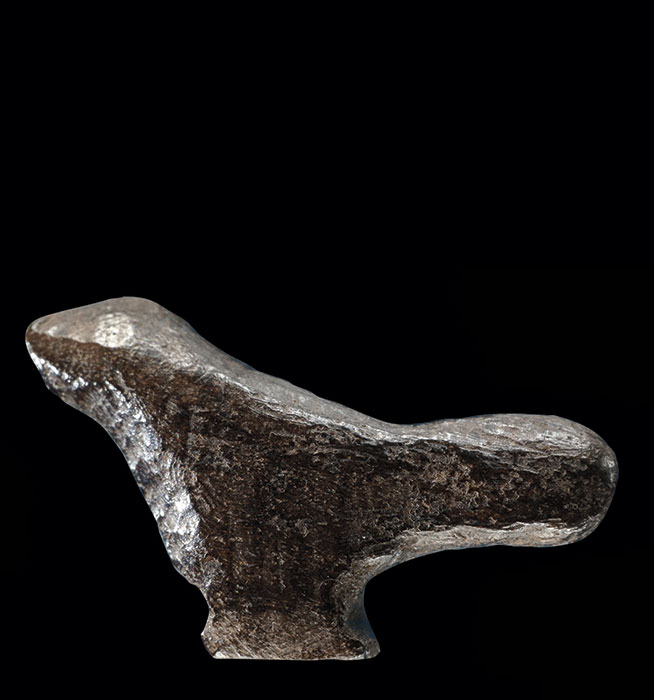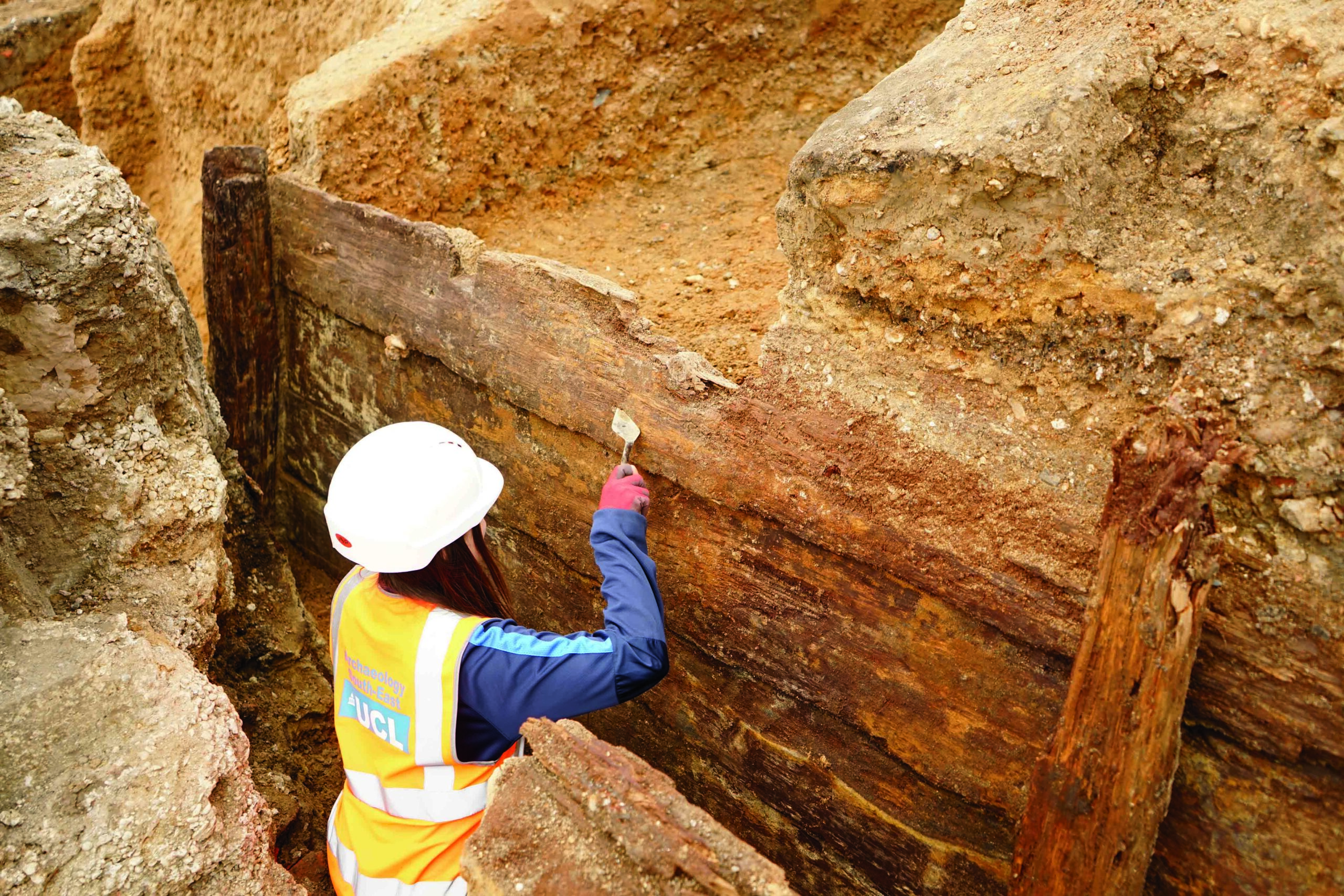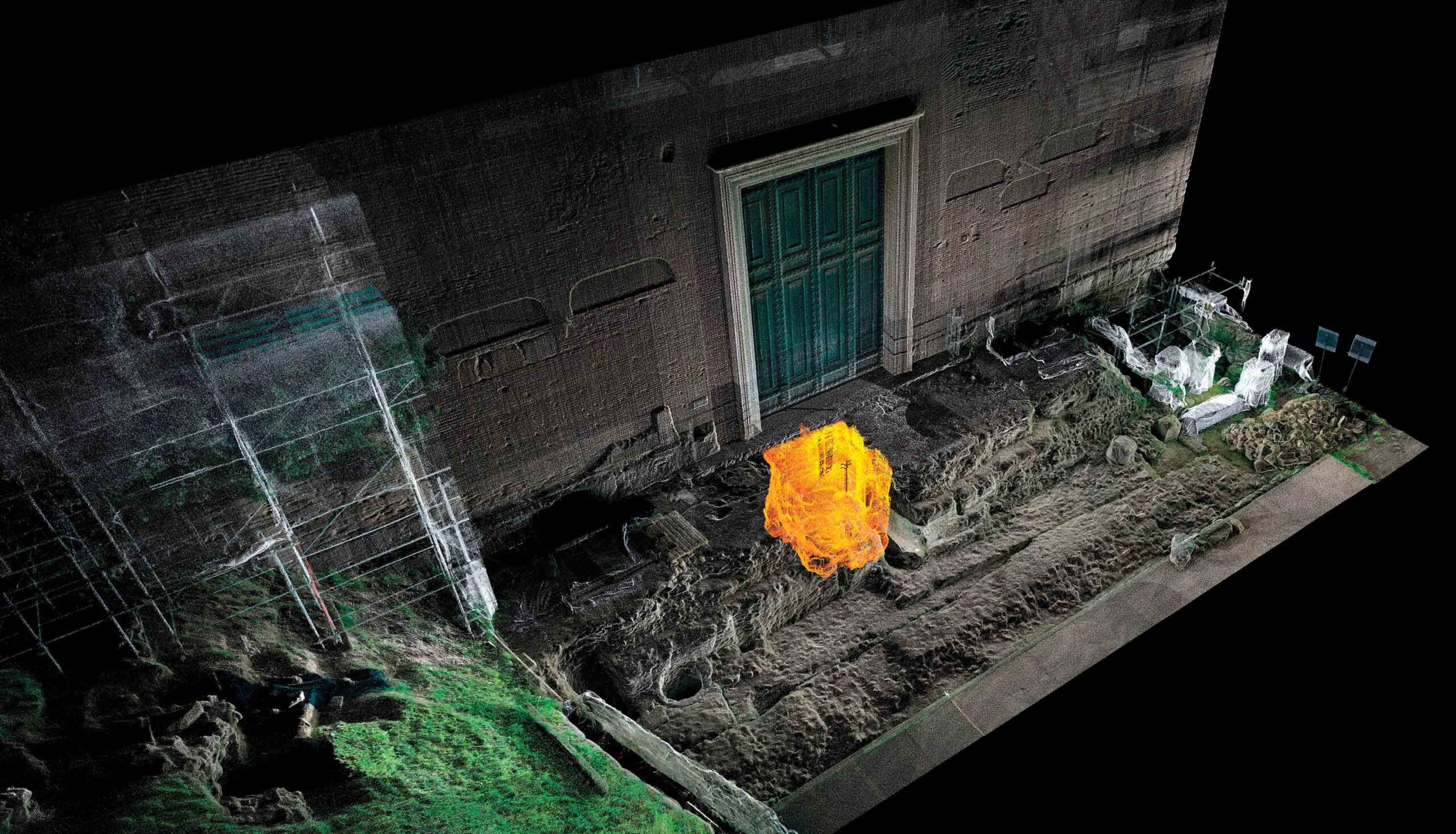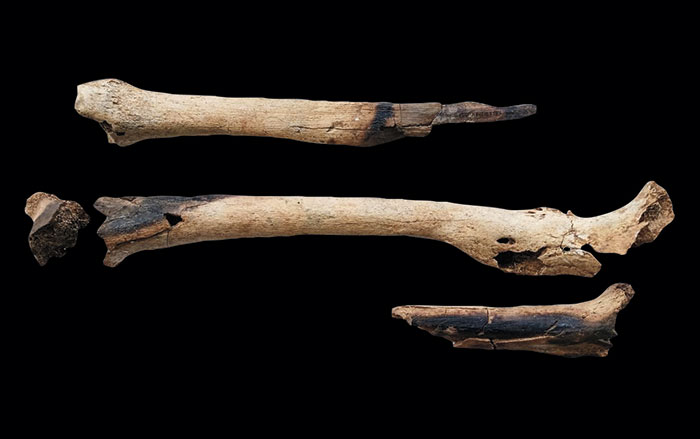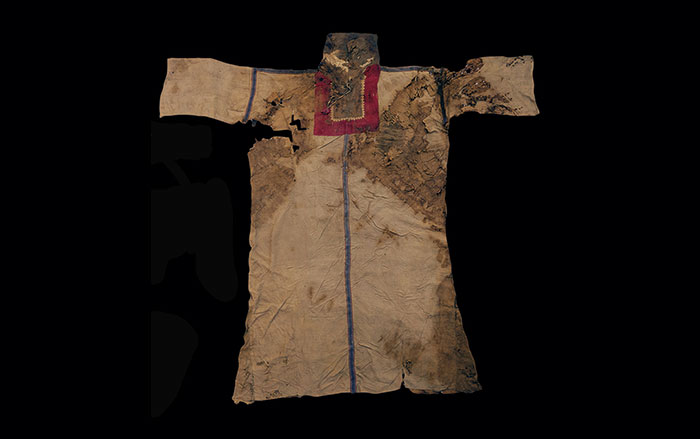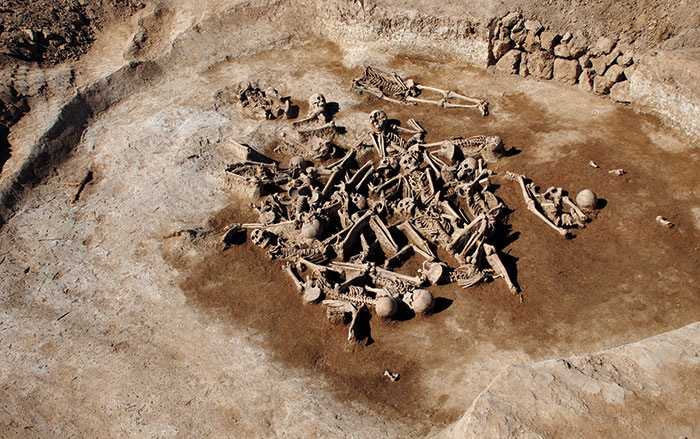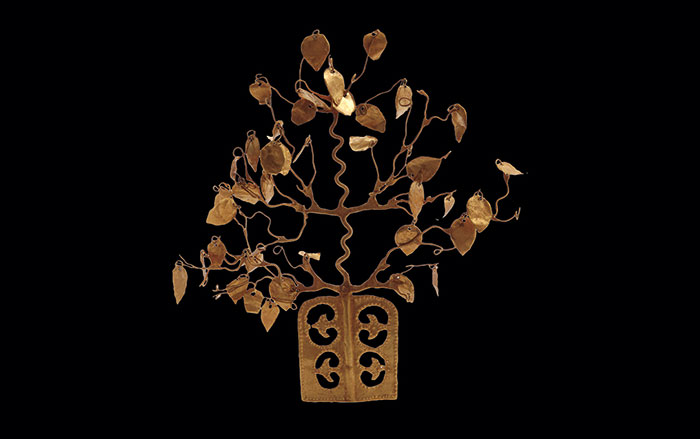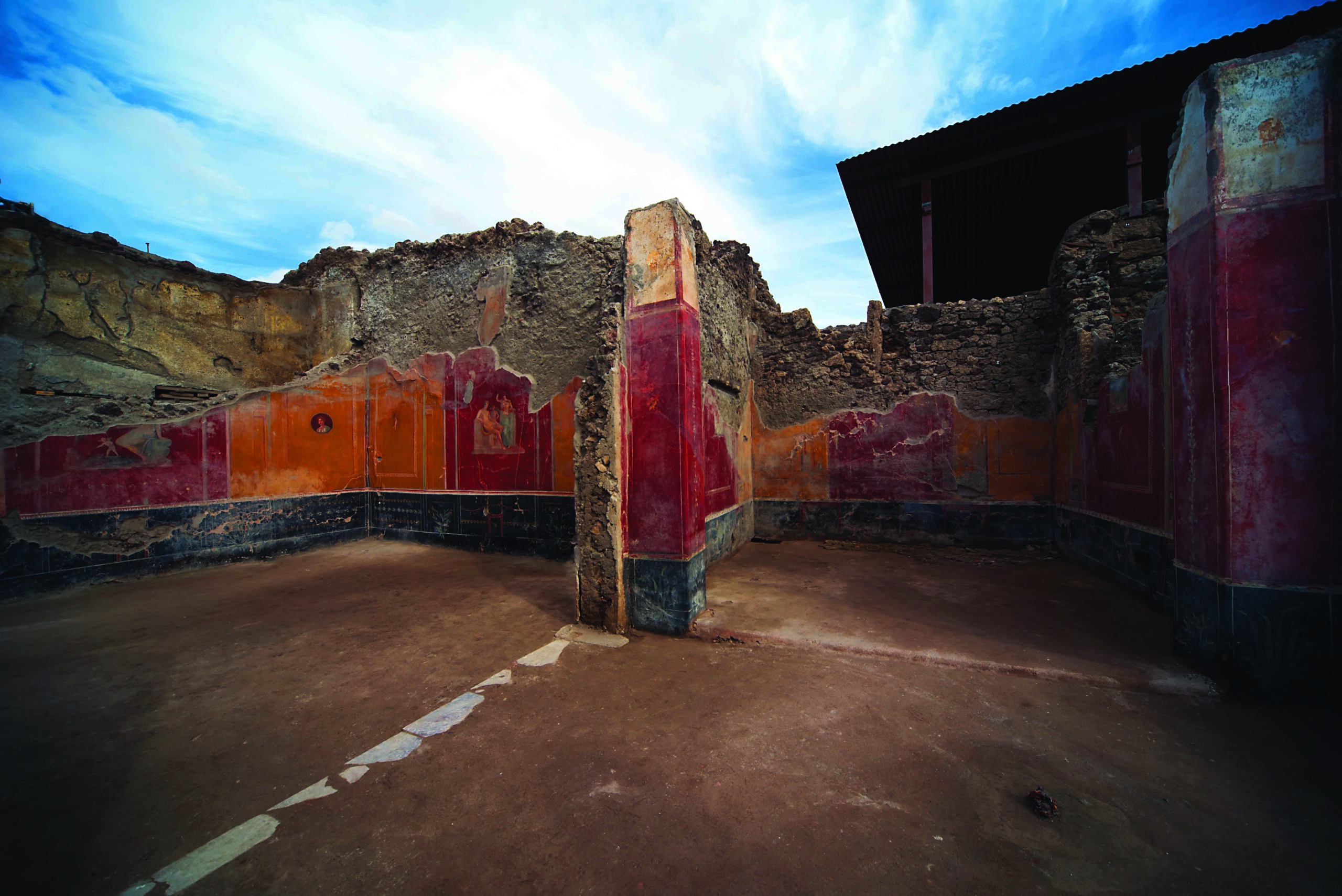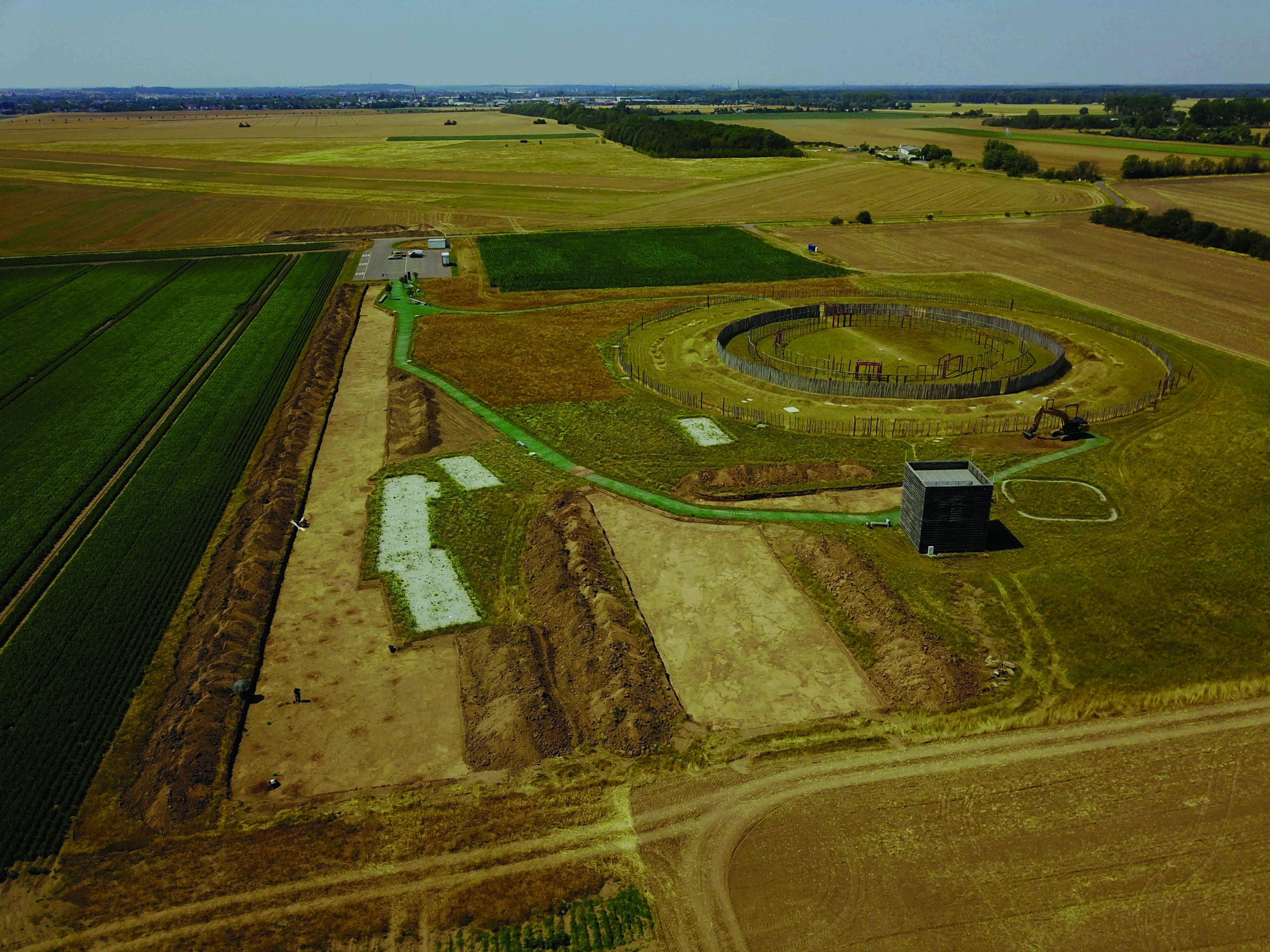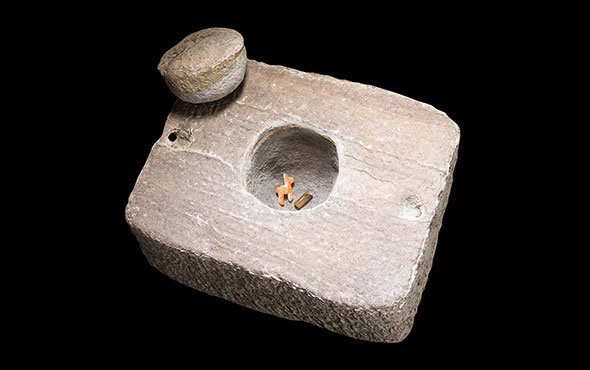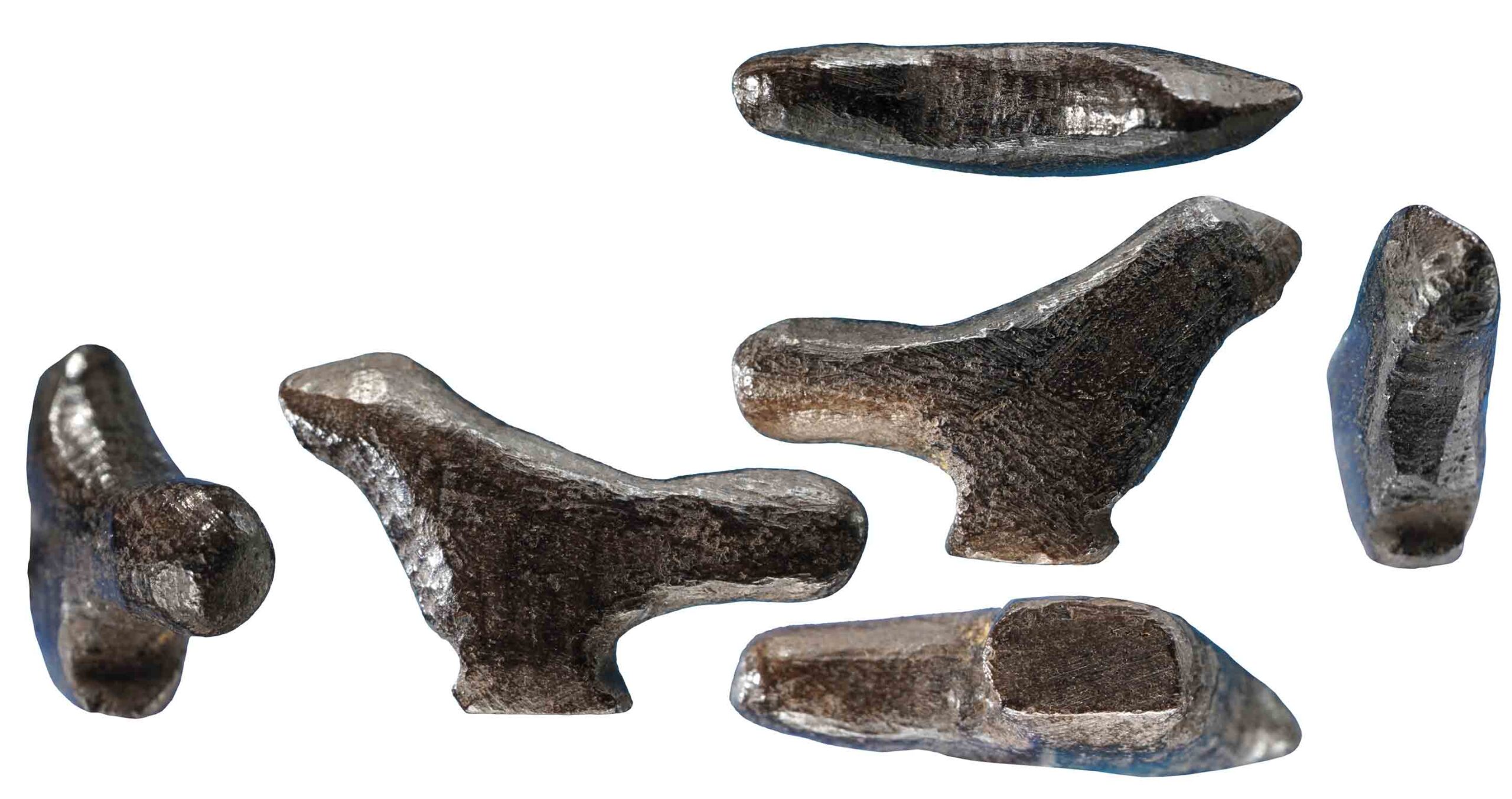
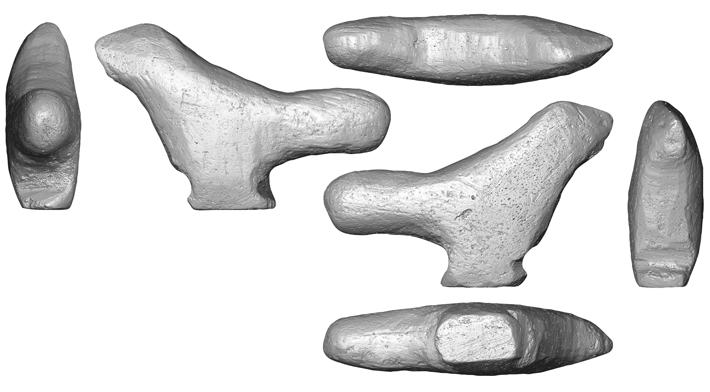
A tiny 13,500-year-old sculpture crafted from burned bone discovered at the open-air Lingjing site can now lay claim to being the earliest three-dimensional object of art found in East Asia. But what makes something a work of art or someone an artist? “This depends on the concept of art we embrace,” says archaeologist Francesco d’Errico of the University of Bordeaux. “If a carved object can be perceived as beautiful or recognized as the product of high-quality craftsmanship, then the person who produced the figurine should be seen as an accomplished artist.” Measuring only half an inch high, three-quarters of an inch long, and just two-tenths of an inch thick, the bird, a member of the order Passeriformes, or songbirds, was made using six different carving techniques. “We were surprised by how the artist chose the right technique to carve each part and the way in which he or she combined them to achieve their desired goal,” says d’Errico. “This clearly shows repeated observation and long-term apprenticeship with a senior craftsperson.” The artist’s attention to detail was so fine, adds d’Errico, that after finding that the bird was not standing properly, he or she very slightly planed the pedestal to ensure the avian would remain upright.



